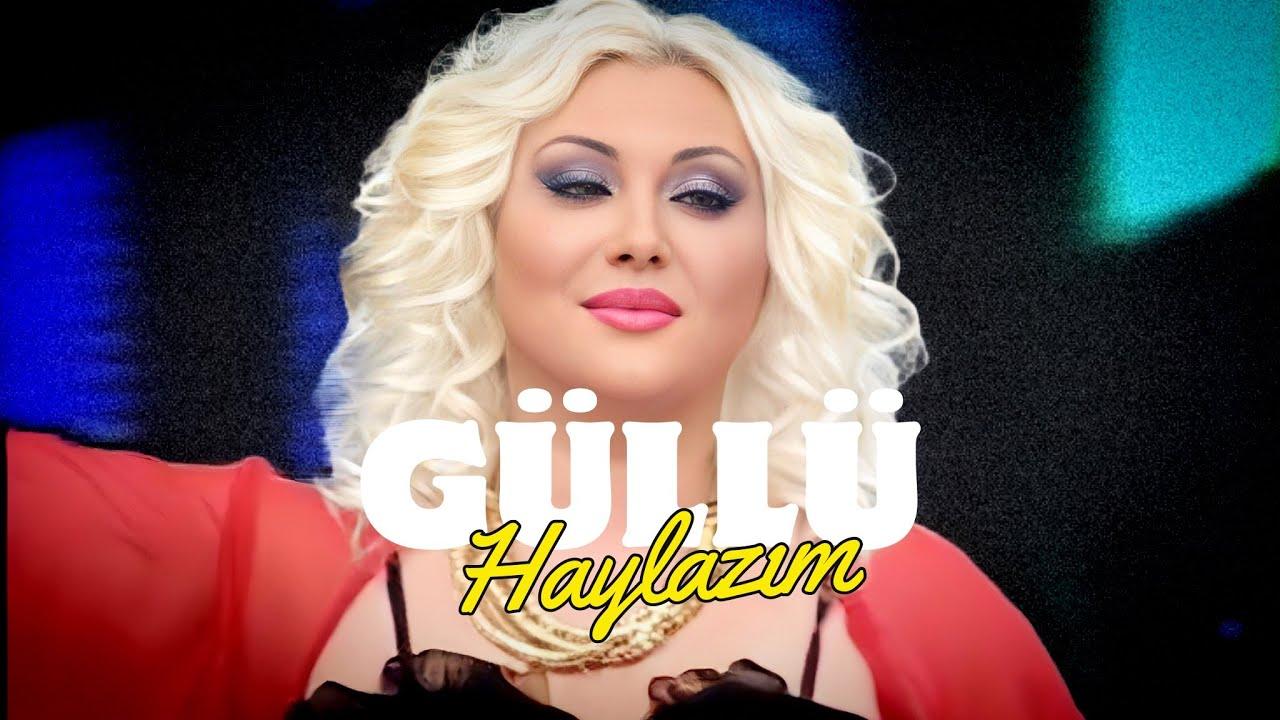Understanding Gullu: Cultural Impact and Popularity

Introduction
The term Gullu has recently emerged as a significant cultural phenomenon in South Asia, primarily among youth and social media enthusiasts. As a character that resonates with comic relief and relatability, Gullu represents more than just a stereotype; he embodies a bridge between traditional humour and modern expressions in entertainment. This has made Gullu a topic of great relevance, especially as digital platforms continue to shape cultural consumption.
What is Gullu?
Gullu, often portrayed as a bumbling but lovable character, first gained popularity through viral videos and memes on platforms like TikTok and Instagram. Originating from fictional skits, Gullu typically features a humorous personality that navigates everyday challenges with wit and charm. The character stands out due to his distinctive catchphrases and exaggerated expressions, which appeal to a broad audience tired of conventional narratives.
Cultural Significance
In a rapidly changing socio-cultural landscape, Gullu acts as a satirical lens through which societal norms can be examined. His antics often mock traditional roles and behaviors, prompting discussions about contemporary issues such as gender roles, family dynamics, and the digital age’s impact on cultural values.
Moreover, Gullu’s infectious humour provides a therapeutic outlet for audiences, especially during challenging times such as the COVID-19 pandemic, where comedic relief became a coping mechanism. As families turned to online content for entertainment, Gullu became a staple, gathering millions of views and creating a loyal following.
Current Trends and Future Outlook
The rise of digital content creators has seen Gullu evolve from simple skits to more elaborate storylines, integrating current events and trends into his narratives. By collaborating with popular influencers and brands, Gullu’s reach has expanded beyond mere entertainment, becoming a marketing tool for businesses targeting the youth demographic.
Looking forward, the trend of characters like Gullu is likely to continue, especially as more creators explore niche personas that connect with local and global audiences. As Gullu adapts to new cultural contexts, he may pave the way for a new genre of interactive entertainment where audience engagement drives content creation.
Conclusion
The phenomenon of Gullu is a testament to the power of social media in shaping cultural narratives. As a character that speaks to the shared experiences and comedic needs of today’s youth, Gullu not only entertains but also prompts reflection on the evolving dynamics of societal norms. For audiences, keeping an eye on Gullu’s journey will reveal deeper insights into cultural shifts and the nature of humour in a rapidly changing world.
